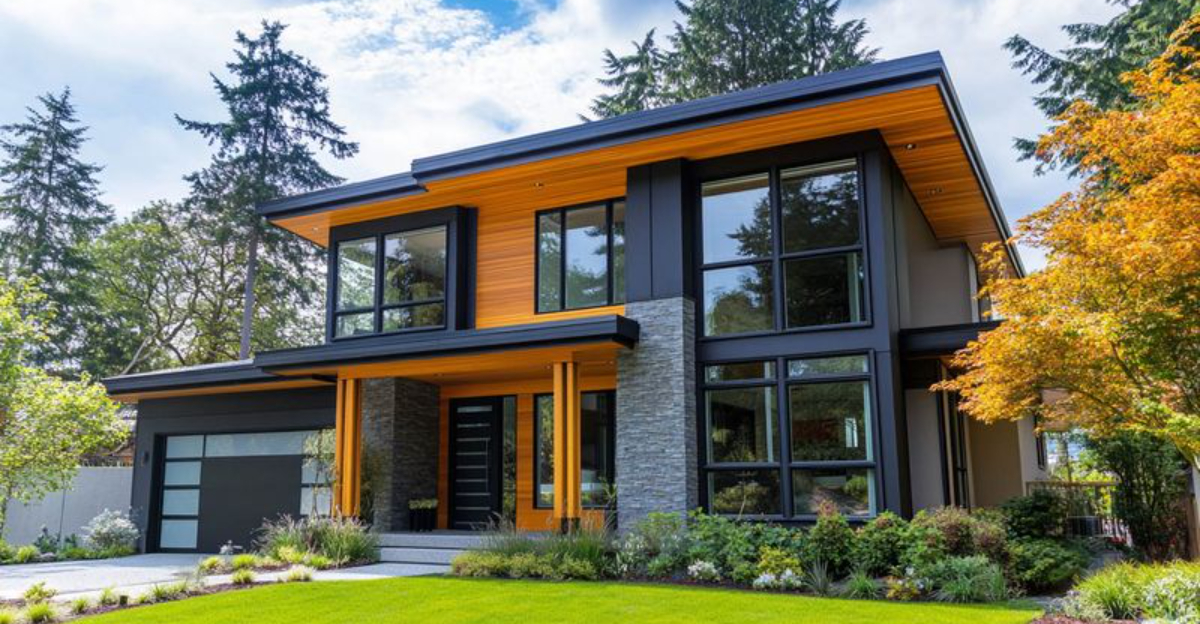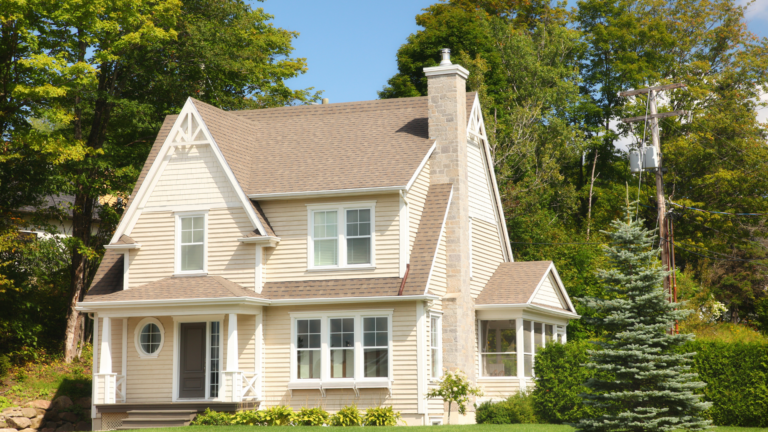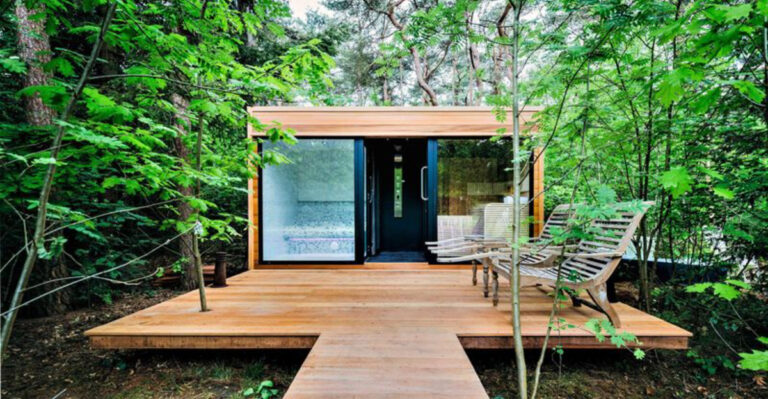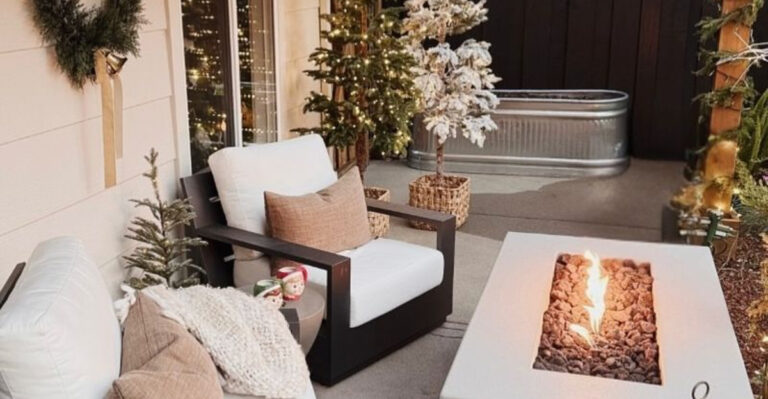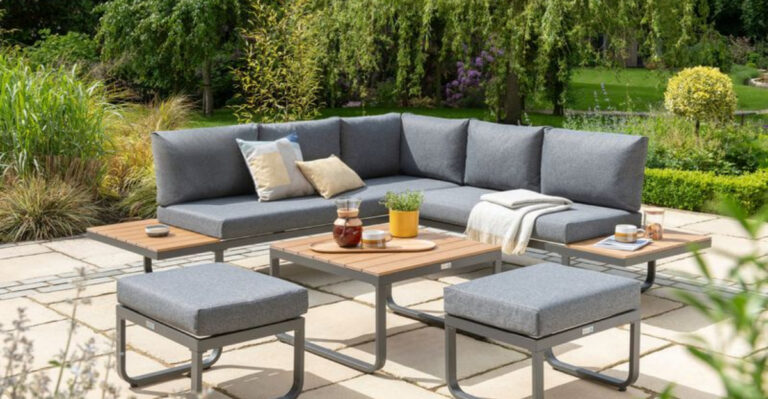16 Types Of Exterior Siding: What’s The Right Choice For You?
I like to think of a home’s siding as its wardrobe, it’s the first thing people notice, and it has to handle all kinds of weather. When I was picking siding for my own house, I had no idea how many choices were out there.
Between the materials, colors, and price points, it felt like a full-time job just sorting through it all. But once you understand what works best for your climate, style, and budget, it gets a lot easier.
Let’s break it down together so you can find the perfect exterior that protects and makes a statement.
1. Vinyl Siding
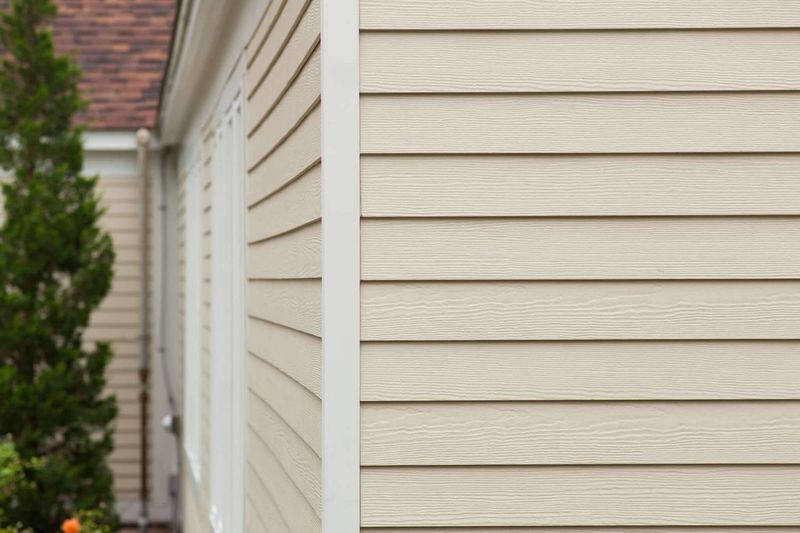
Budget-friendly and practically maintenance-free, vinyl siding wins the popularity contest for good reason. This plastic champion comes in more colors than a crayon box and won’t chip, peel, or rot.
Installation is straightforward, making it a DIY favorite. The downside? It can crack in extreme cold and might look a bit fake to siding snobs.
Perfect for homeowners who want maximum bang for their buck.
2. Fiber Cement Siding

Think of fiber cement as the superhero of siding materials. Made from cement, sand, and cellulose fibers, it laughs in the face of fire, insects, and rot.
This tough cookie can mimic wood grain so well that even termites get confused. It requires painting every decade or so, but the durability makes it worth the effort.
James Hardie popularized this material, and now it’s everywhere for good reason.
3. Wood Siding
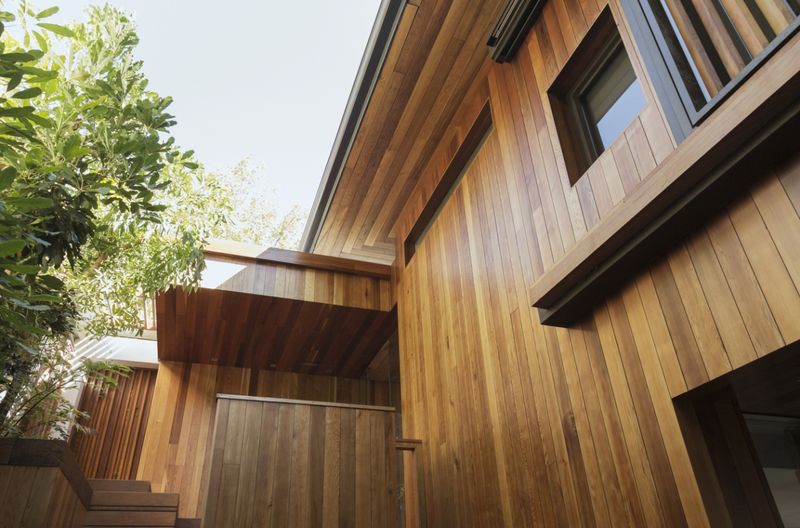
Nothing beats the authentic charm of real wood siding. Cedar, pine, and redwood each bring their own personality to your home’s exterior.
Wood breathes character into any architectural style, from rustic cabins to modern masterpieces. The catch is regular maintenance including staining, sealing, and occasional board replacement.
Mother Nature eventually wins this battle, but the journey is beautiful. Expect to invest time and money in upkeep.
4. Aluminum Siding
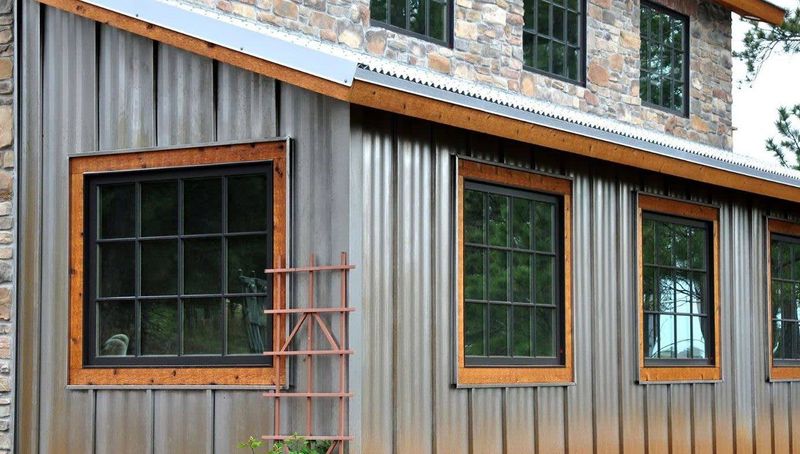
Aluminum siding had its heyday in the mid-20th century and still holds its ground today. This metal marvel resists rust better than steel and weighs less than a feather.
It’s recyclable, which makes environmentalists happy, and it won’t burn, rot, or attract bugs. However, it dents easily and can look dated if not chosen carefully.
Great for coastal areas where salt air would destroy other materials.
5. Steel Siding
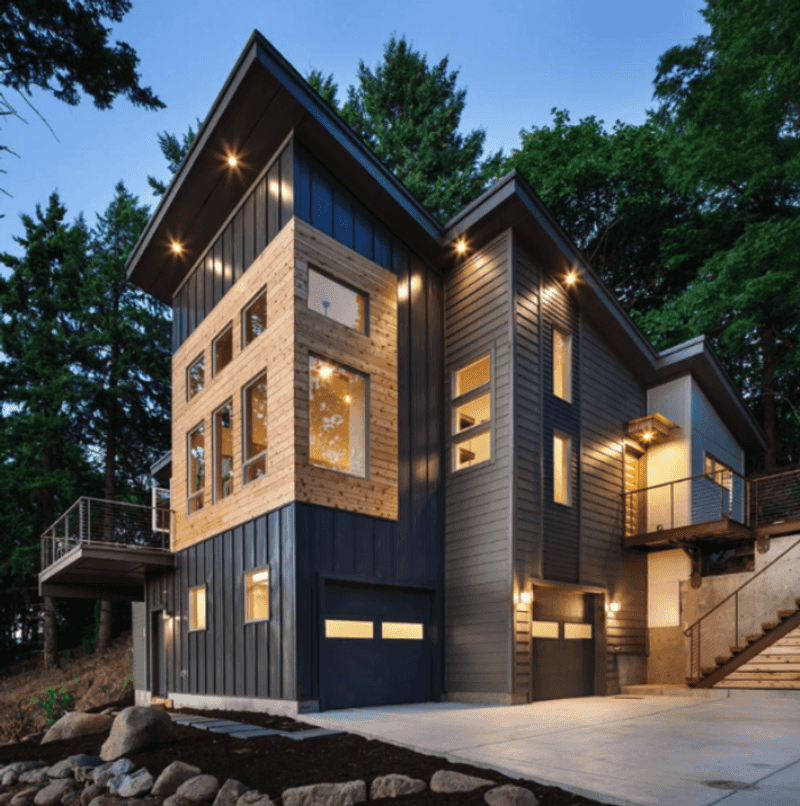
Steel siding brings industrial strength to residential construction. This metal muscle-man handles extreme weather like a champ and won’t dent as easily as aluminum.
It’s fire-resistant and incredibly durable, lasting decades with minimal fuss. The trade-off is higher cost and potential rust issues in humid climates.
Modern architects love steel for its clean lines and contemporary appeal. Perfect for homeowners wanting that sleek, urban aesthetic.
6. Brick Siding

Brick never goes out of style, and there’s a reason castles were built from this material. This clay champion has protected homes for centuries with unmatched durability.
It’s virtually maintenance-free once installed and provides excellent insulation. The main drawbacks are high upfront costs and limited color options.
Regional availability affects pricing significantly. Brick homes often have higher resale values, making this investment worthwhile for many homeowners.
7. Stone Siding
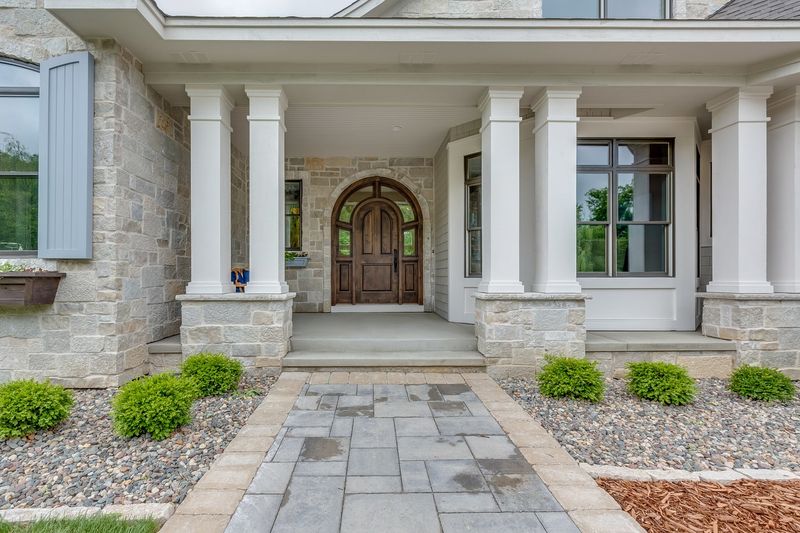
Stone siding screams luxury and permanence like nothing else can. Whether you choose natural fieldstone, limestone, or granite, you’re building for generations.
This ancient building material handles any weather Mother Nature throws at it. Installation requires skilled craftspeople, which drives up costs considerably.
Stone homes often become neighborhood landmarks. The investment is substantial, but so is the wow factor and long-term value.
8. Stucco Siding
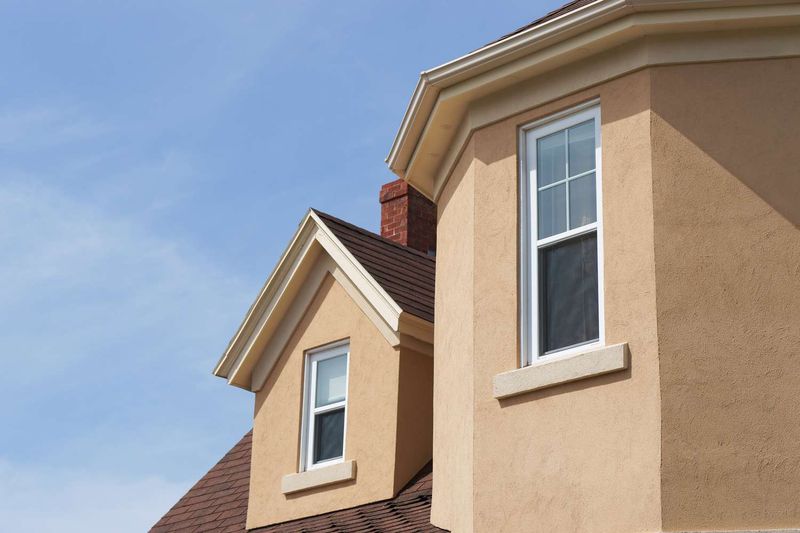
Stucco brings Mediterranean flair to any climate. This cement-based coating creates seamless walls that can be textured and colored to match any vision.
It’s fire-resistant and provides good insulation when properly applied. The Achilles heel is cracking, especially in areas with freeze-thaw cycles.
Popular in southwestern United States, stucco works best in dry climates. Proper installation is crucial for preventing moisture problems down the road.
9. Log Siding
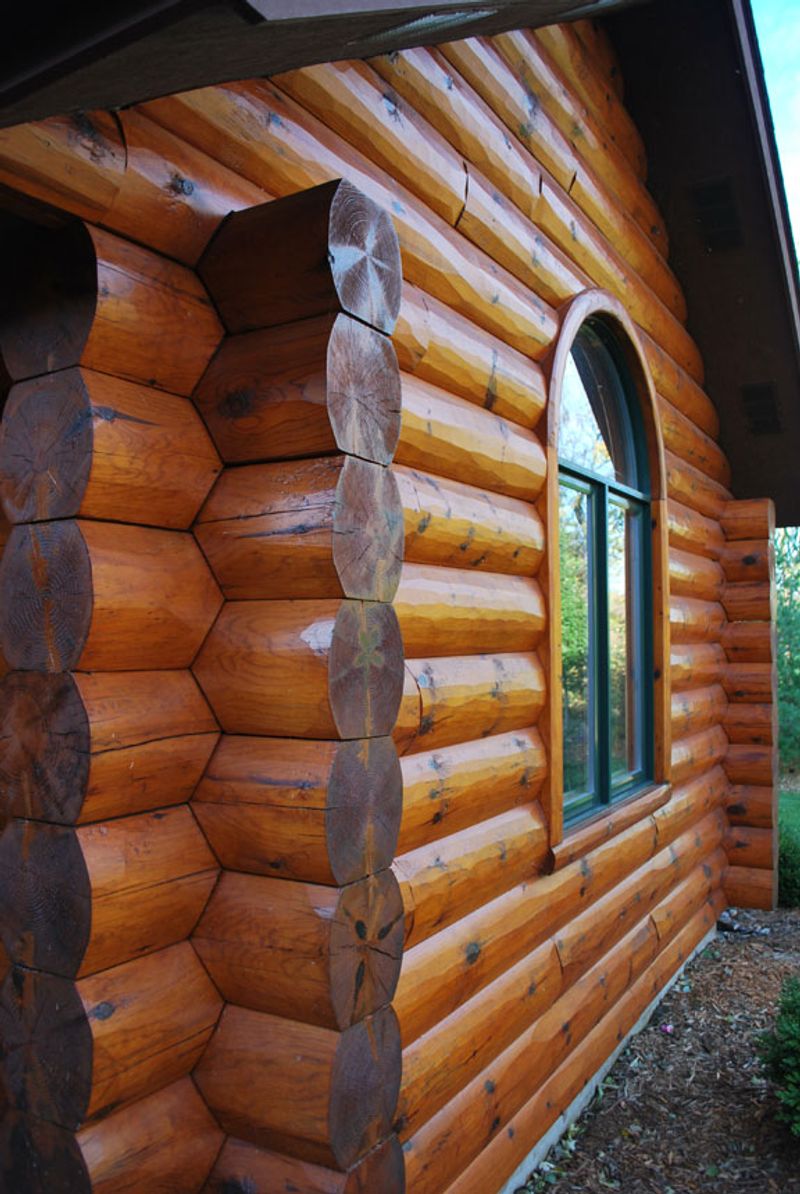
Log siding captures that cozy cabin feeling without the massive construction project of actual log homes. These horizontal logs create authentic rustic charm instantly.
Modern log siding often uses engineered materials that look like logs but perform better. Traditional logs require regular maintenance including chinking and staining.
Perfect for mountain homes, lake houses, or anyone wanting that back-to-nature aesthetic. Installation requires specialized knowledge for proper weatherproofing.
10. Shake Siding
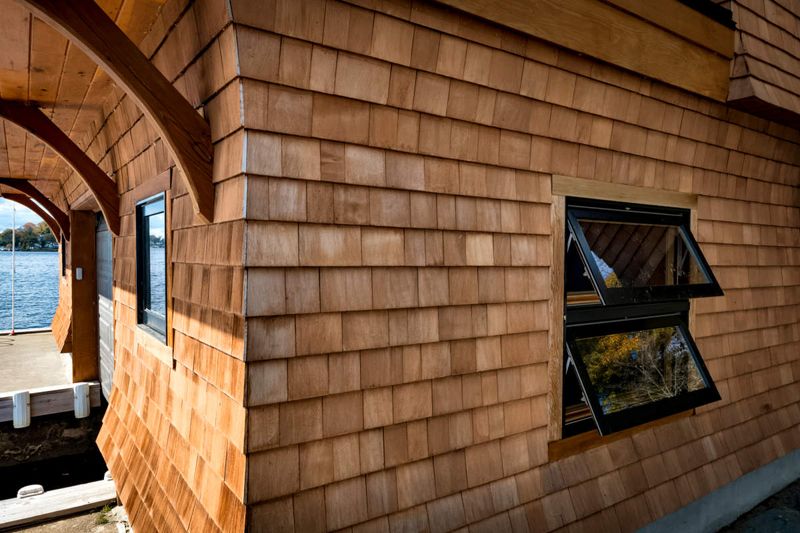
Cedar shakes bring New England charm wherever they’re installed. These hand-split wood pieces create beautiful shadow lines and natural texture that’s impossible to replicate.
Shakes weather to a gorgeous silver-gray patina over time, telling the story of countless seasons. They require regular maintenance and eventual replacement.
Fire resistance is a concern in some areas. Despite the upkeep, shake siding remains popular for its unmatched natural beauty and character.
11. Board And Batten Siding
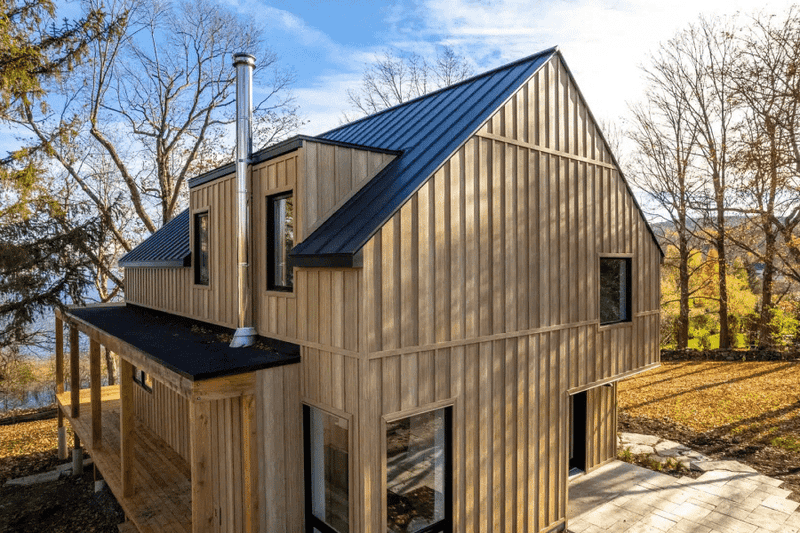
Board and batten siding creates bold vertical lines that make homes appear taller and more dramatic. This traditional farmhouse style alternates wide boards with narrow strips.
Originally designed to seal gaps between boards, the batten strips now serve mainly aesthetic purposes. Modern versions use various materials beyond traditional wood.
This siding style works particularly well on contemporary and rustic designs. The vertical orientation helps shed water effectively in most climates.
12. Composite Siding
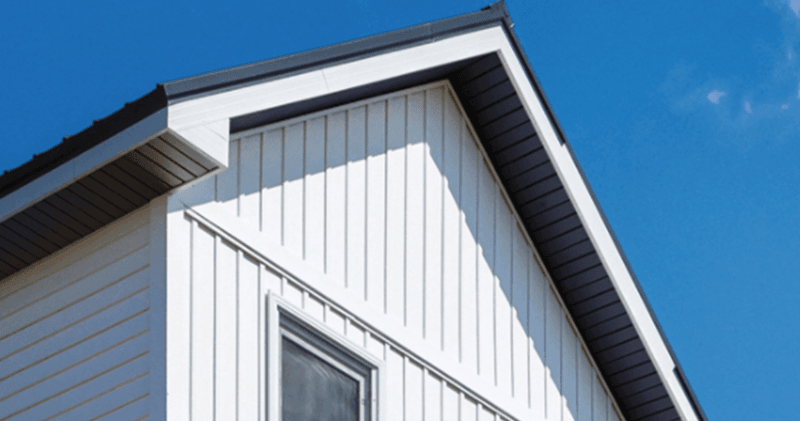
Composite siding combines the best of multiple worlds, typically mixing wood fibers with plastic or cement. This hybrid approach aims to capture wood’s beauty without its maintenance headaches.
Many composite options resist fading, cracking, and insect damage while maintaining realistic wood appearance. Quality varies significantly between manufacturers.
Price points range from budget-friendly to premium depending on composition and quality. Research thoroughly before choosing, as performance varies widely across brands.
13. Engineered Wood Siding

Engineered wood siding takes wood scraps and binds them into consistent, stable panels. This recycled approach reduces waste while creating affordable wood-look siding.
OSB (oriented strand board) and similar products offer wood appearance at lower costs than solid lumber. Moisture resistance has improved dramatically in recent versions.
Proper installation and finishing are critical for long-term performance. When done right, engineered wood provides good value for budget-conscious homeowners seeking wood aesthetics.
14. Insulated Siding

Insulated siding adds a foam backing to traditional siding materials, boosting energy efficiency significantly. This double-duty approach combines weather protection with thermal performance.
The foam backing fills gaps and reduces thermal bridging, leading to lower energy bills. Installation requires attention to detail for maximum effectiveness.
Available in vinyl, fiber cement, and other materials. The upfront cost premium often pays for itself through energy savings over time.
15. Metal Panel Siding
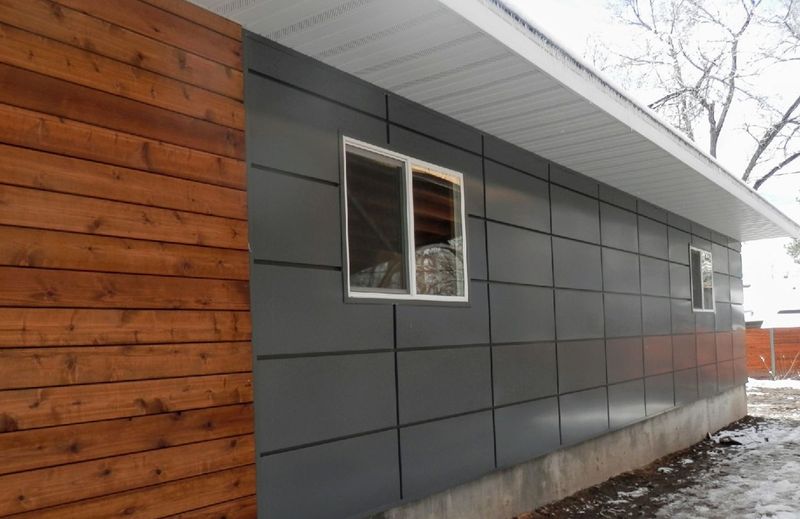
Metal panel siding brings industrial chic to residential construction. Standing seam, corrugated, and flat panels each create different aesthetic effects.
This material handles extreme weather beautifully and lasts for decades with minimal maintenance. Color options have expanded beyond basic silver and white.
Popular with architects designing contemporary homes, metal panels can look agricultural or sophisticated depending on profile and finish choices. Installation requires specialized tools and techniques.
16. Mixed Material Siding
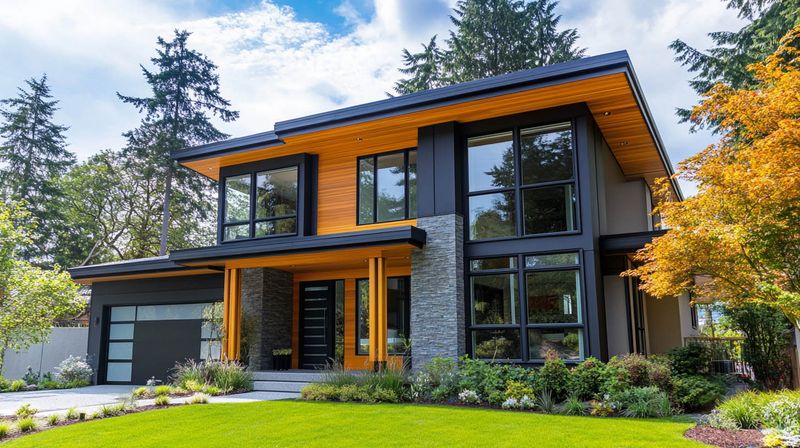
Why choose one siding material when you can have several? Mixed material approaches combine different textures, colors, and materials for visual interest.
Common combinations include stone foundations with wood or fiber cement upper sections. Metal accents often highlight architectural features.
This approach requires careful planning to avoid looking chaotic. Professional design help often pays dividends when mixing materials. The result can be stunning when executed properly.

